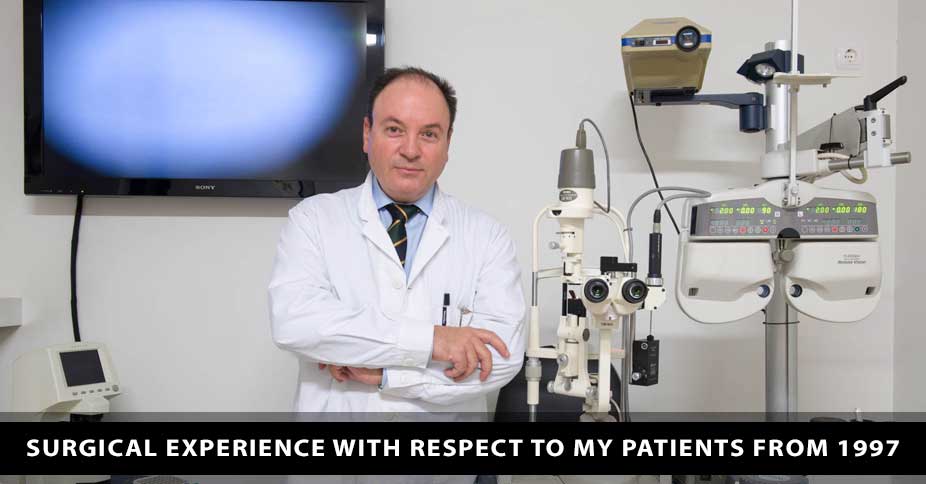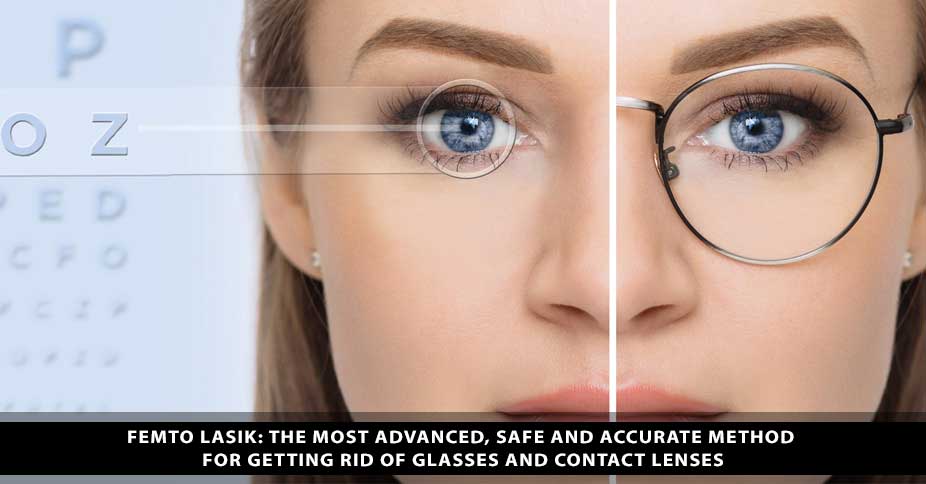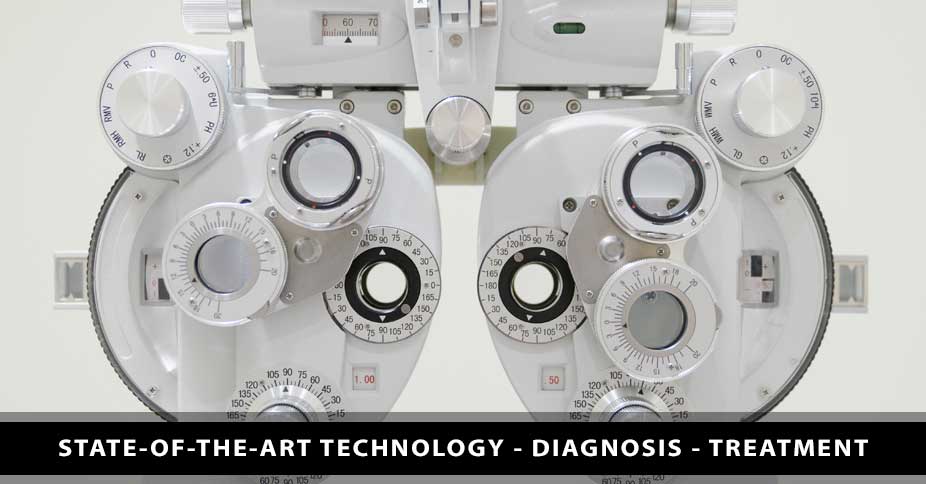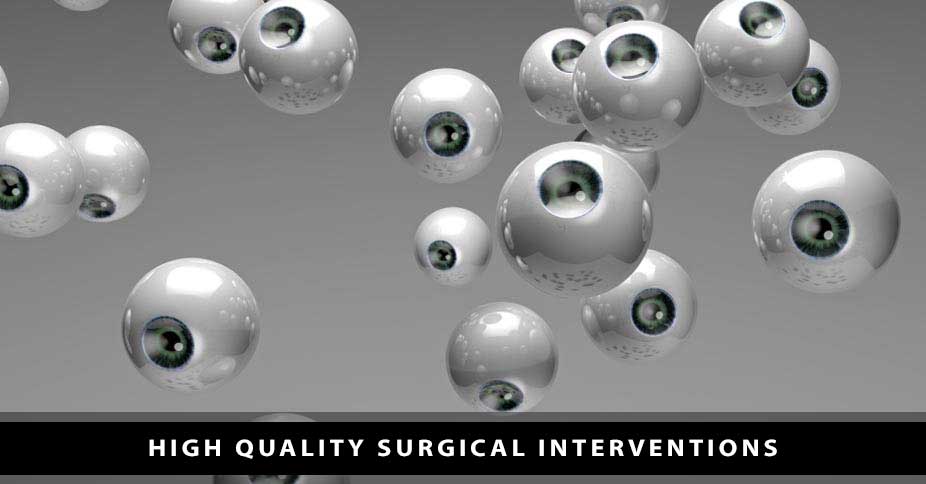CATARACT SURGERY
CATARACT SURGERY
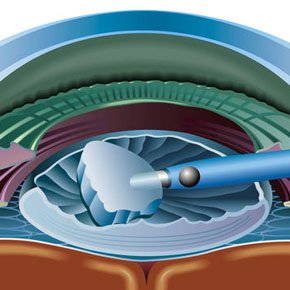
A cataract is the clouding of the natural lens of the eye. A healthy lens is transparent and light passing through it reaches the retina to create normal vision...
REFRACTIVE SURGERY
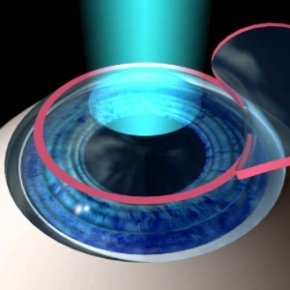
Refractive surgery has enabled many people to become independent of glasses or contact lenses over the past decade. The excimer laser has been approved by the FDA...
MACULAR DEGENERATION

Age-related macular degeneration (AMD) is the leading cause of vision loss and blindness in people over 65 years of age. Due to increasing human life expectancy, it is...
GLAUCOMA
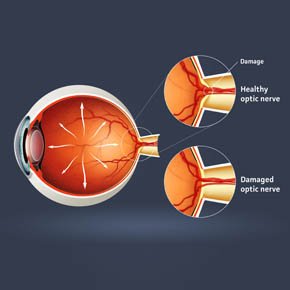
It is a disease that damages the optic nerve, resulting in the loss of part of our visual field or even blindness, if left untreated. The damage is progressive...
DIABETIC RETINOPATHY
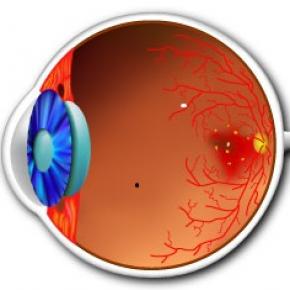
Diabetes can have a significant impact on the eyes, potentially leading to various vision problems if not managed properly...
RETINAL DETACHMENT
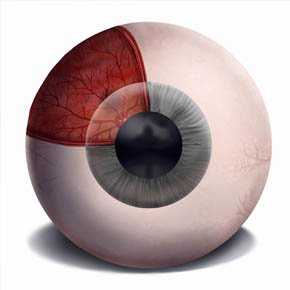
It is a serious condition that threatens vision. The retina of the eye detaches from its underlying supporting tissue and thus does not function normally...

CATARACT SURGERY - CHRISTODOULIDES
Cataract Surgery
A cataract is the clouding of the eye’s natural lens, leading to blurred or dimmed vision. It is the leading cause of vision loss in people over 40 and the primary cause of blindness worldwide. In the United States alone, over 22 million people aged 40 and older have cataracts, and this number is projected to rise to 50 million by 2050
Symptoms of Cataracts
Cataracts typically cause difficulty in activities like reading, watching television, or driving. As the cataract progresses, you may need brighter light to read, have trouble recognizing faces, or experience blurred vision. If the cataract is located at the center of the lens, you might also notice problems with glare or experience a type of “near-sightedness” where your ability to focus on objects up close improves, but distant vision becomes more difficult.
When Should Cataract Surgery Be Considered?
The primary reason for cataract surgery is to improve vision. The decision to undergo surgery is typically based not just on visual acuity but on how the cataract impacts daily activities. Surgery is generally recommended when vision has deteriorated by 50% or more, affecting the patient’s quality of life.
How is Cataract Surgery Performed?
Cataract surgery is the only effective way to treat cataracts. The procedure involves removing the clouded lens through a small, microscopic incision and replacing it with a permanent artificial intraocular lens (IOL). This lens requires no maintenance or replacement and is well-tolerated by the eye. Surgery typically takes 10-15 minutes and is performed under local anesthesia, usually in the form of eye drops. The procedure is virtually painless.
What Type of Glasses Will Be Needed After Surgery?
While cataract surgery restores clarity of vision, you may need new glasses to fine-tune your vision, either for distance, near vision, or both. These will typically be prescribed after the eye drops used during surgery have taken effect.
Can Cataract Surgery Lower Intraocular Pressure?
Yes. Cataract surgery with phacoemulsification (a technique to break up the cataract for easier removal) has been shown to lower intraocular pressure, benefiting patients with glaucoma or high intraocular pressure. Studies since 1996 have reported a reduction of 3-10 mmHg in patients with glaucoma or hypertension. Importantly, phacoemulsification can reduce the need for glaucoma medications in some patients.
Can Cataracts Re-appear After Surgery?
No, cataracts cannot re-develop because the entire cloudy lens is removed during surgery. However, in some cases, the natural membrane at the back of the eye (the posterior capsule) can become cloudy months or even years after surgery. This condition, known as a secondary cataract, can be easily treated with a painless laser procedure in an outpatient setting, restoring clear vision almost immediately.
The Success of Cataract Surgery
Cataract surgery is one of the most reliable and successful surgical procedures performed worldwide. Most patients experience rapid recovery and significant improvements in their vision, often achieving remarkable results.
